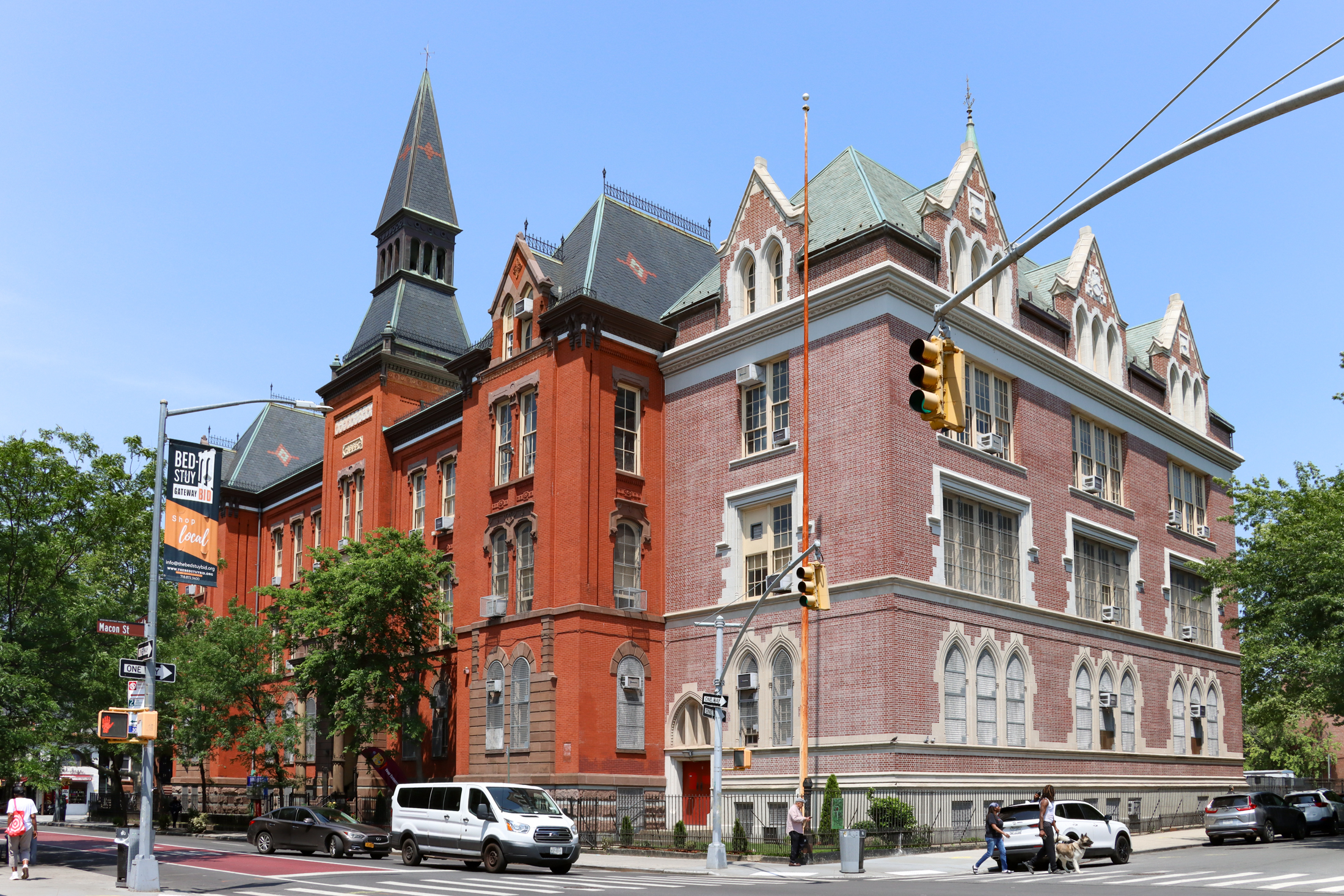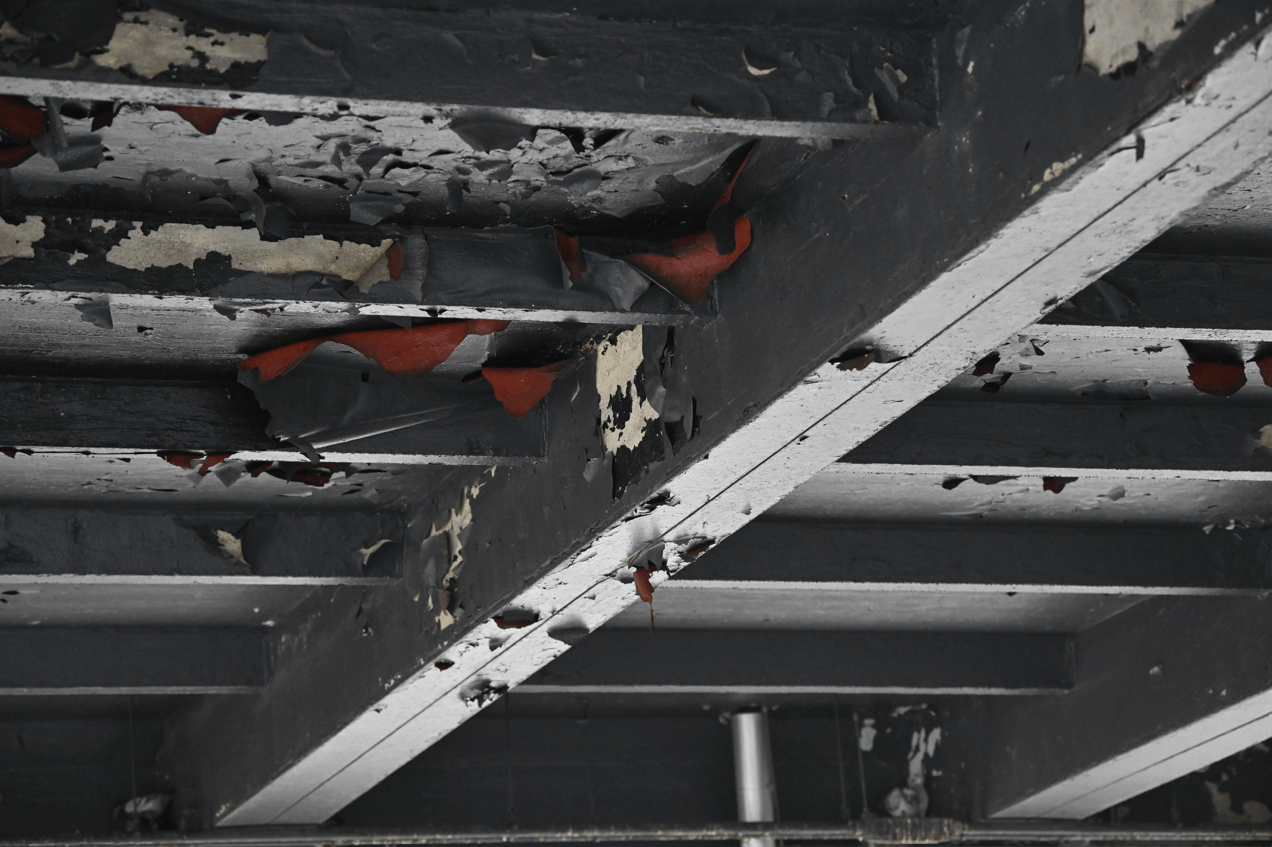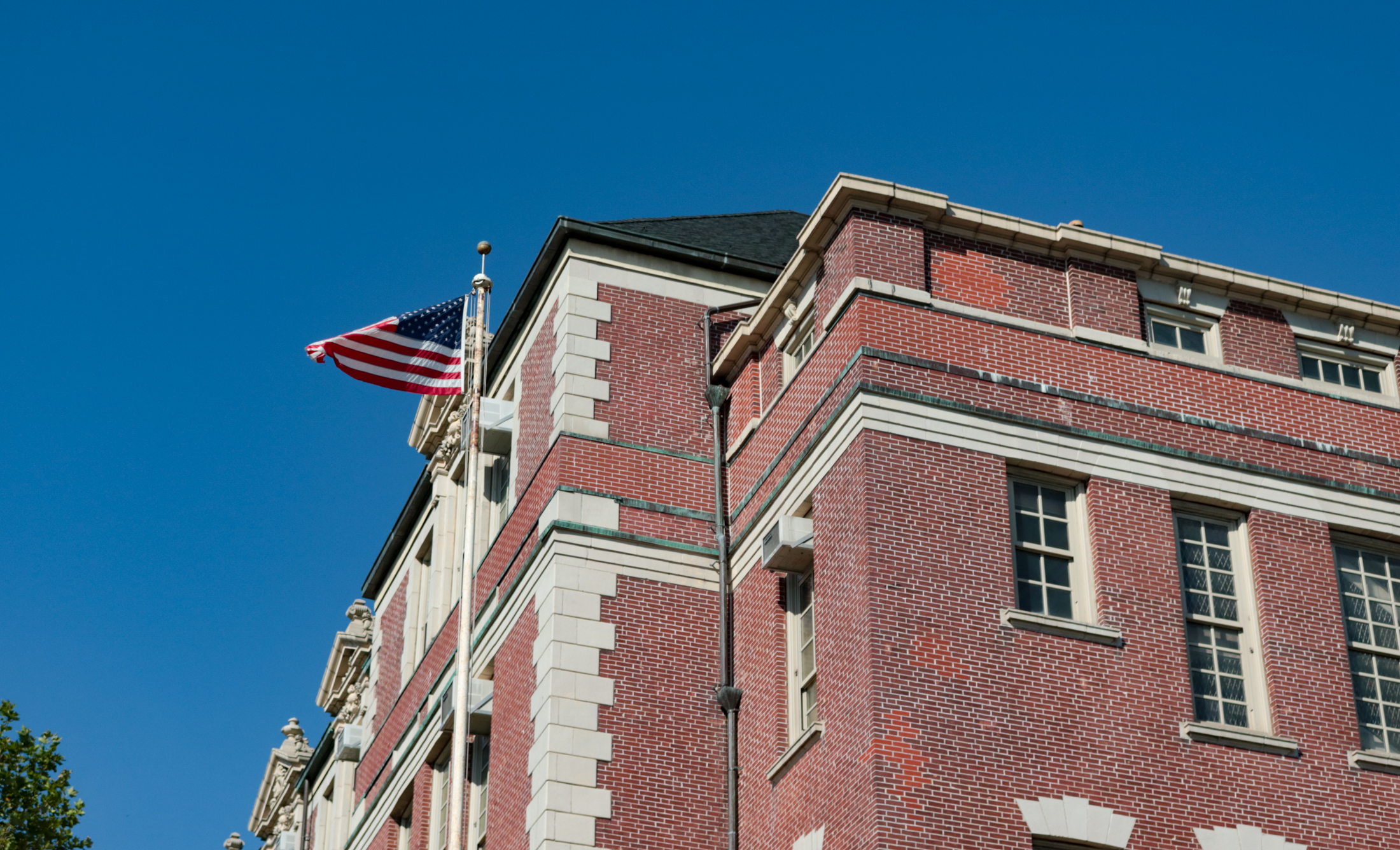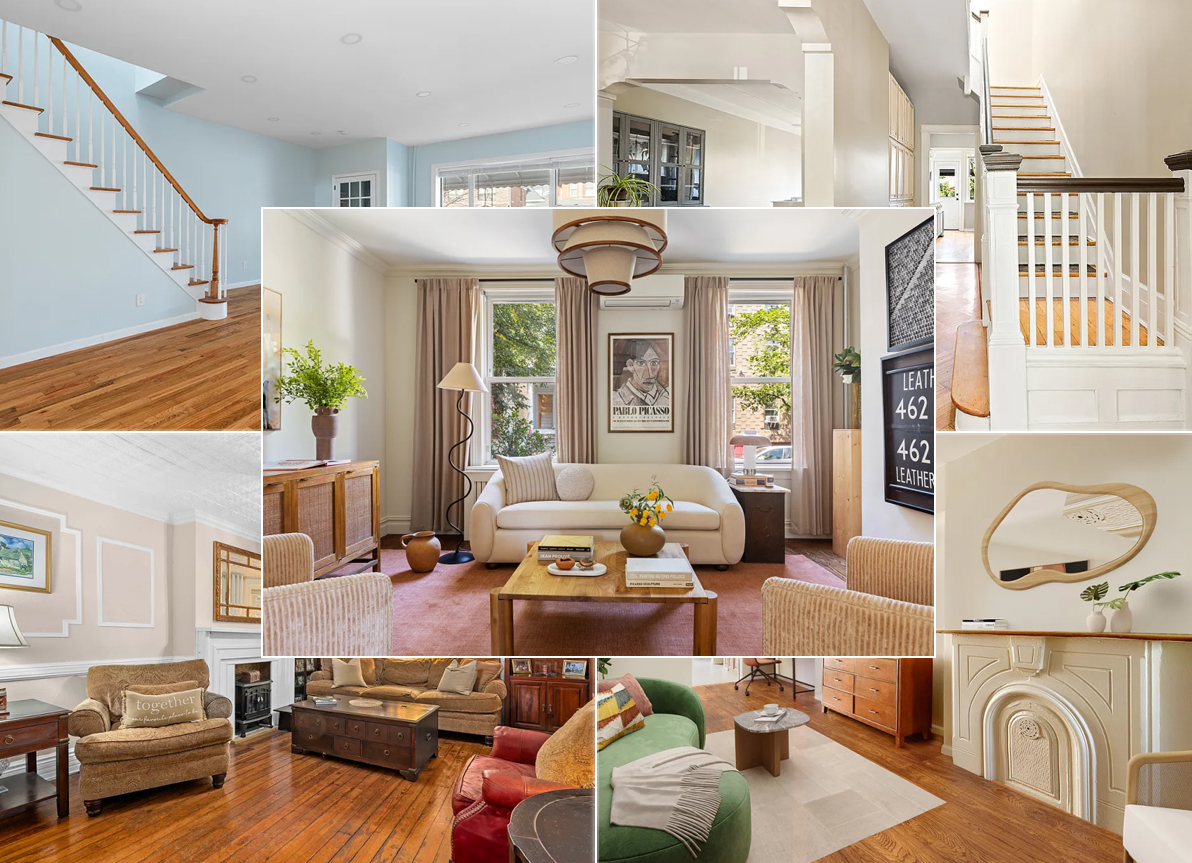Mo Faux: What Lies Beneath in The Burg
As the Waterfront Preservation Alliance points out in its most recent blog post, the ubiquitous vinyl siding in North Brooklyn often was used to cover — as opposed to replace — the original facades of older buildings in the neighborhoods. In this example, the building at the corner of Metropolitan and Graham Avenues, captured at…


As the Waterfront Preservation Alliance points out in its most recent blog post, the ubiquitous vinyl siding in North Brooklyn often was used to cover — as opposed to replace — the original facades of older buildings in the neighborhoods. In this example, the building at the corner of Metropolitan and Graham Avenues, captured at top by Bernice Abbott in 1937, clearly lost its cornice and tower. We wonder what’s left underneath? Do you think the lintels survived?
Graham and Metropolitan [WPA]





oops, I meant an anit-siding campaign is launched.
wow, lets hope an anti-siding campaign is lost and Williamsburg becomes beautiful as opposed to the overpriced ugly place it is now
or maybe it has nothing to do with ethnicity, and is a reflection of some post-war ethos that life should be maintenance free
Poles prefer bricks. This being on Graham Ave in Williamsburg, I think the blame lies on the Italians.
ask the poles, siding is a cultural treasure.
can somebody explain why they do this? are there any defenders of siding?
Old pic looks like San Fran.
jon,
This is exactly what’s happening to that building on Reeve Place and Sherman St… they’re covering up that beutiful red brick with crapola.
What 11:33 said. Typically people would do as little demo as possible, so it is quite common to find architectural features remaining below the fake siding. My favorite faux siding detail is when the keep the cornice, but put siding over it.